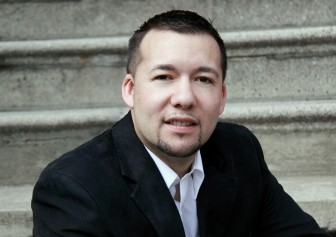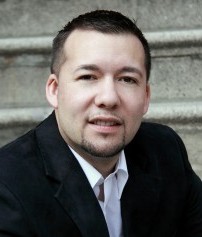 On April 2, 24 members of the Murda Moore Gangstas (MMG), a crew operating out of the Moore Houses in the South Bronx, were indicted on charges of conspiracy to traffic narcotics and guns. The media praised the indictments as an example of effective interagency collaboration between the New York Police Department and no less than four federal agencies. They cited Operation Crew Cut, an NYPD initiative that monitors the activity of young people on social media for the purpose of building cases against young gang members. The arrests were hailed as another victory in the war on crime.
On April 2, 24 members of the Murda Moore Gangstas (MMG), a crew operating out of the Moore Houses in the South Bronx, were indicted on charges of conspiracy to traffic narcotics and guns. The media praised the indictments as an example of effective interagency collaboration between the New York Police Department and no less than four federal agencies. They cited Operation Crew Cut, an NYPD initiative that monitors the activity of young people on social media for the purpose of building cases against young gang members. The arrests were hailed as another victory in the war on crime.
But the April indictments — far from representing victory — actually prove the failure of the law enforcement dominated approach to the problem of urban youth gangs.
In June of 2012, the NYPD and the feds conducted a similar bust, rounding up 21 members of the same gang, in the same housing project, on nearly identical conspiracy charges. The only difference was that the defendants this time around were younger. None of the defendants named in the April 2014 indictments were older than 25. The 2012 busts, instead of solving the problem, had merely created a vacuum filled by the next generation of the housing project’s youth.
What happened in the Moore Houses is emblematic of a deeper failure to address unmet youth needs. Given the low graduation rate, the high rate of unemployment, the proximity to drug markets and the lack of programs and services, young people — especially those living in public housing projects in the South Bronx — are highly vulnerable to becoming involved in criminal enterprises. When law enforcement becomes the primary strategy for addressing their problems, the only reliable outcomes are mass arrests, sweeping indictments and long prison sentences. The old adage “when the only tool you have is a hammer, everything looks like a nail” rings especially true here.
There other ways. In the mid-1990s, African-American clergy in Boston worked alongside the police to aggressively engage gang-involved youth, resulting in dramatic reductions in youth homicides. Criminologist David Kennedy’s work on “focused deterrence” shows that serious gang activity can be curtailed without sending the majority of gang members to prison. In this model, law enforcement still targets the gangs engaged in criminal activity, but collaborates with community members to give gang members the opportunity to turn their lives around. Instead of spending months building cases against peripherally involved youth, law enforcement takes the few unrepentant individuals driving the action off the streets, while redirecting the majority of gang members to community programs that help them avoid further criminal activity.
As a youth development practitioner, I can’t help but wonder what would have happened over the last two years if the same amount of time, money and resources devoted to building new federal indictments were dedicated to positive community engagement for the youth most likely to follow in the footsteps of the original Murda Moore Gangstas. What if, immediately following the 2012 busts, interagency efforts included collaborations with neighborhood youth-serving organizations to aggressively recruit these youth into education, job training and mentoring programs instead of simply monitoring them and waiting for them to commit new crimes?
I know one young person named in the indictment who was well into the process of extricating himself from gang life and recommitting himself to positive future. He had graduated from a six-month program called ARCHES that connects young people on probation to support groups facilitated by mentors who were formerly incarcerated. He was moving progressively, though not perfectly, in a positive direction, but because he didn’t completely avoid contact with his gang-involved peers he is now facing 25 years to life.
In every poverty-stricken neighborhood plagued by crime and violence there are community-based interventions, which, given the opportunity, can transform the lives of even the most hard-core gang-involved youth. But this transformation requires shifting our current tough-on-crime approach to more balanced partnerships between law enforcement and community members. Simply put, we need to invest more resources in teaching young people to do right than we put into catching them when they do wrong.
Rev. Rubén Austria is the founder and executive director of Community Connections for Youth, a Bronx-based nonprofit organization whose mission is to empower grassroots faith and neighborhood organizations to develop effective community-driven alternatives to incarceration for youth.
